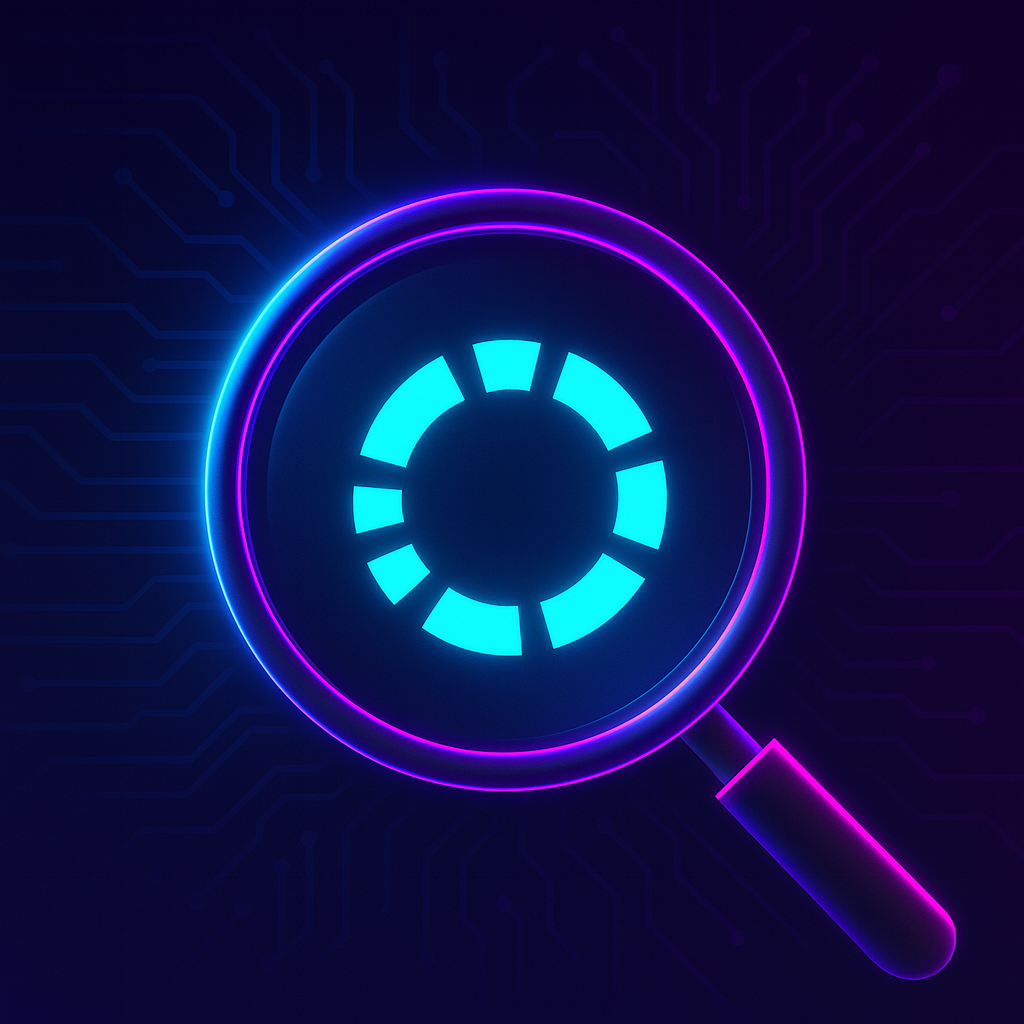Elevating Code Quality with Codacy: How Static Analysis Transforms Development

What Is Codacy?
Codacy is a static code analysis and code quality management platform designed to help development teams automate code reviews and enforce coding standards. It continuously scans your codebase for issues, ensuring that every line of code meets best practices for security, performance, and style before it ever reaches production.
Instead of relying solely on manual code reviews—which are time-consuming and prone to inconsistency—Codacy provides automated feedback through integrations with GitHub, GitLab, Bitbucket, and other CI/CD tools.
Core Features
- Automated Code Reviews: Codacy reviews every pull request, flagging issues in real time.
- Customizable Quality Gates: Define your team’s standards for acceptable code quality.
- Comprehensive Static Analysis: Supports over 40 programming languages, from JavaScript to Python, Go, and C#.
- Security & Compliance Checks: Detects vulnerabilities, code smells, and style violations before deployment.
- Quality Reports & Dashboards: Visualize metrics such as coverage, duplication, and complexity over time.
How Static Code Analysis Works
Static analysis is the process of evaluating code without executing it. Codacy’s engine parses your codebase, applying a set of static rules and algorithms to identify potential issues.
Unlike dynamic testing—which finds bugs during runtime—static analysis happens early in the development lifecycle. This proactive approach reduces technical debt, ensures consistent code quality, and prevents regressions before they make it into production.
By automating this step, Codacy helps teams:
- Detect issues early, saving time and money later in QA or production.
- Maintain consistent standards across distributed teams.
- Encourage developers to write cleaner, more maintainable code.
Codacy in the CI/CD Workflow
Codacy fits naturally into modern continuous integration and delivery (CI/CD) pipelines. It can be configured to analyze every pull request or commit automatically, allowing teams to catch issues before merging.
Here’s a typical flow:
- A developer opens a pull request.
- Codacy runs static analysis on the branch.
- Issues, warnings, and coverage metrics appear directly in the PR interface.
- If the code fails predefined quality gates, merging is blocked until resolved.
This seamless integration ensures that code quality checks become part of the development culture, not an afterthought.
Why Code Quality Monitoring Matters
Code quality isn’t just about aesthetics—it’s about performance, security, and scalability. Poorly structured or inconsistent code can lead to:
- Higher maintenance costs
- Increased risk of bugs and vulnerabilities
- Reduced team velocity due to unclear or brittle code
By continuously monitoring key metrics like duplication, complexity, and coverage, Codacy helps teams quantify code quality—turning subjective judgments into objective insights.
Over time, these metrics enable data-driven improvements, helping leaders understand where teams need training, refactoring, or more rigorous review processes.
The Business Case for Codacy
From startups to enterprise engineering organizations, Codacy offers clear ROI:
- Fewer production bugs: Early detection prevents costly fixes later.
- Faster reviews: Developers spend less time on repetitive code review tasks.
- Better onboarding: New team members adapt quickly to established coding patterns.
- Compliance-ready: Built-in checks for security and privacy standards support frameworks like ISO 27001 and GDPR.
For companies scaling rapidly or managing distributed teams, Codacy becomes a silent partner that ensures code remains consistent, secure, and compliant.
Alternatives and Integrations
Codacy often appears alongside other static analysis tools like SonarQube, CodeClimate, and DeepSource. What sets Codacy apart is its ease of integration and developer-friendly UX.
It plugs directly into popular source control systems, providing actionable insights where developers already work—within pull requests and pipelines.
Getting Started with Codacy
Getting started with Codacy takes just a few minutes:
- Connect your GitHub, GitLab, or Bitbucket repository.
- Configure your quality settings and select languages.
- Enable static analysis for pull requests.
- Monitor dashboards for progress over time.
Teams can start free and scale up as projects and repositories grow. Because it’s cloud-based, there’s minimal setup—no local servers or maintenance required.
Learn more about improving your development workflow with AI-driven engineering and automation at Amplifi Labs: contact us!




